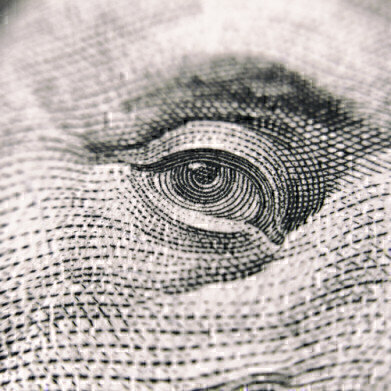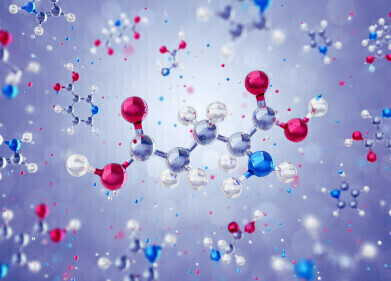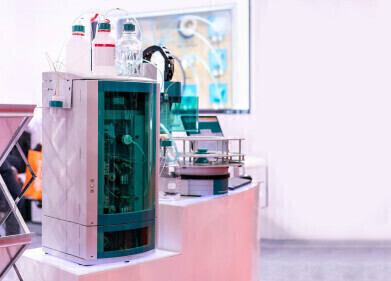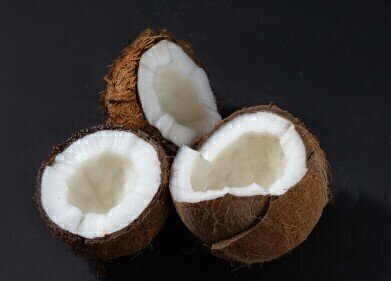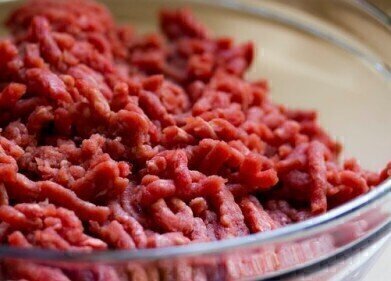Ion Chromatography (IC)
Can AI Beat Chromatography at Detecting Art Forgery?
Dec 08 2017
Art forgery is big business, costing galleries and auction houses millions of pounds in cost and untold reputational damage. So, it is no wonder that art experts and auction houses are continually looking for ways to detect forgeries before they enter the market and cost them money and reputational damage.
There have been several methods devised and used by art experts to detect forgeries throughout the ages. But now, detecting art forgeries might just have entered the future world of artificial intelligence and neural networks. In a paper published online, and presented at a conference on Artificial Intelligence, researchers report on how AI might just be the way to stop forgers getting away with it.
Style and chromatography — old hat?
Analysing a work of art and saying whether it is real or fake — hundreds of years after it was made — is an incredibly difficult skill. But one that is essential if trust in art experts is to be preserved. One of the first methods used to detect forgeries was based on stylistic analysis using the eye of an expert. It was formalised by the Italian art historian Giovanni Morelli in the nineteenth century and became known as Morellian analysis.
Morelli based his analysis on tiny details in paintings — details that a forger might have missed when copying the original artist. Morelli noticed how artists painted ears and hands and realised that the artist portrayed these features in distinctive ways — something a forger might not take care over.
But with the arrival of modern chromatographic techniques and other chemical analysis methods — technical analysis started to focus more on the materials used by the artist or forger. Being able to decipher what types of pigments or oils were used, or whether the paper or canvas is of the correct age for the artist means that the analysis became more objective. And art detectives became forensic scientists. The use of chromatography to analyse organic compounds is discussed in the article, Determination of Low Molecular Weight Organic Acids in Petroleum Products by Ion Chromatography.
Arrival of AI
In the paper — Picasso, Matisse, or a Fake? Automated Analysis of Drawings at the Stroke Level for Attribution and Authentication —researchers from the Netherlands and US report on how Artificial Intelligence could be used to detect art forgeries in the future. The team used 300-line drawings by Picasso, Matisse and Schiele to teach the AI machine how the genuine artists made drawings.
AI managed to identify over 80,000 individual strokes and learned to attribute certain strokes to each of the artists. The algorithm also considered the weight of each line and how the artist made the line. Then by looking at a single stroke, the machine could identify a fake around 80% of the time — better than a human could do. The next step is to teach the machine to identify brushstrokes — something the team admit will be considerably more difficult.
Digital Edition
Chromatography Today - Buyers' Guide 2022
October 2023
In This Edition Modern & Practical Applications - Accelerating ADC Development with Mass Spectrometry - Implementing High-Resolution Ion Mobility into Peptide Mapping Workflows Chromatogr...
View all digital editions
Events
Apr 28 2024 Montreal, Quebec, Canada
May 05 2024 Seville, Spain
May 15 2024 Birmingham, UK
May 19 2024 Brno, Czech Republic
May 21 2024 Lagos, Nigeria
